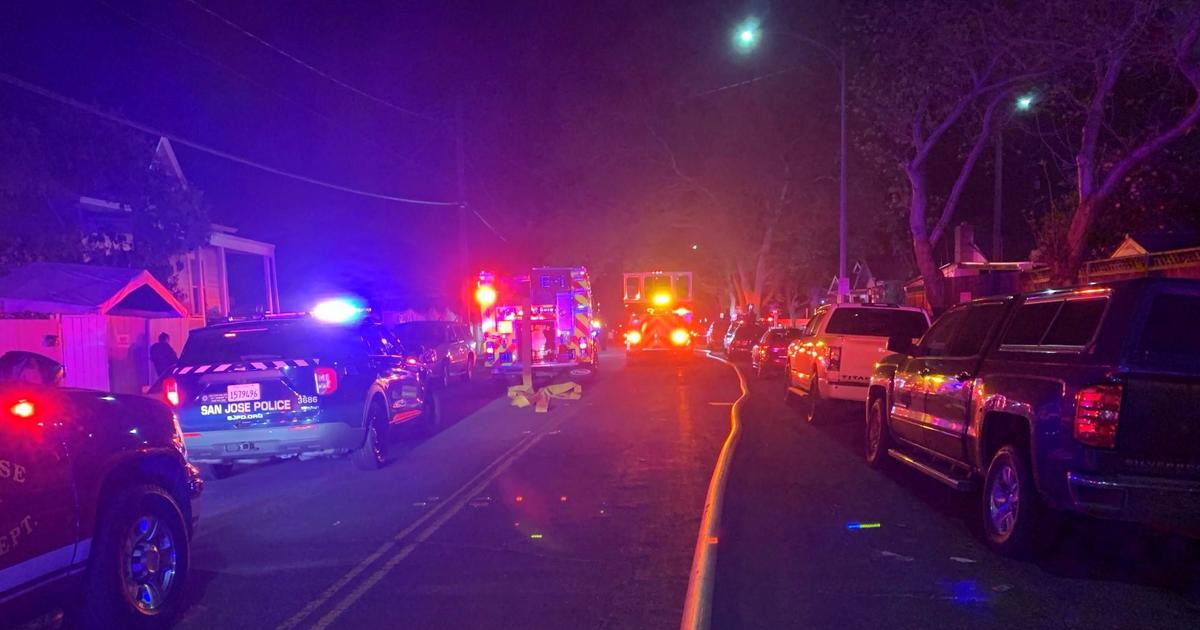Most U.S Metro Areas More Segregated Than Decades Ago; Interactive Map Illustrates Divide
BERKELEY (CBS SF/CNN) -- Most of the metropolitan areas of the U.S. are now more racially segregated than they were decades ago, correlating with poorer life outcomes in health, educational attainment, economic mobility, and many other aspects - particularly for people of color, according to University of California, Berkeley researchers.
The study by UC Berkeley's Othering & Belonging Institute found that 81% of regions with more than 200,000 residents were more segregated in 2019 than they were in 1990, despite fair housing laws and policies created to promote integration.
The study looked at 209 U.S. metropolitan regions in the U.S. with 169 regions increasing in their levels of segregation and 40 becoming less segregated, according to the analysis, which was based on official U.S. Census data.
Some of the most segregated areas included Chicago, Milwaukee and Detroit in the Midwest and New York, northern New Jersey and Philadelphia in the mid-Atlantic.
Conversely, large metropolitan regions that saw the biggest decrease in segregation included Savannah, Georgia, San Antonio and Miami.
In the Bay Area, Oakland was listed as the 14th most-segregated city in the U.S., followed by Fremont at No. 34. San Jose and San Francisco were ranked 61st to 65th, respectively.
According to the study, segregated communities of color have lower incomes, higher unemployment, lower home values and are less educated than segregated White communities. However, the report indicates that Blacks and Hispanics who grew up in segregated White communities were able to earn significantly higher incomes than those in communities in color.
The study is part of a project that includes various tools to help the public learn about the breadth and depth of segregation and its consequences in the U.S., along with resources for housing reform advocates and lawmakers seeking remedies to segregation.
The project features an interactive map which illustrates the levels of segregation in cities and metropolitan areas across the country, allowing users to toggle between different decades to show changes in segregation.
"These findings were as startling as they were disturbing," read a statement from Stephen Menendian, Assistant Director of the Othering & Belonging Institute and lead author of the project.
"Although the American public has much greater awareness of the reality of systemic racial inequality, too few people understand that racial residential segregation lies at the heart of this inequality," Menendian added. "This is evidenced by how residential segregation determines access to schools, healthy neighborhoods, jobs, and surveillance by police."
The study said the results of its analysis fly in the face of prevailing perceptions that the country has become less segregated since the Civil Rights era, when discrimination in housing was outlawed by the 1968 Fair Housing Act.
The segregation project grew out of a series of reports on segregation by the Othering & Belonging Institute that focused on the Bay Area.
© Copyright 2021 CBS Broadcasting Inc. All Rights Reserved. This material may not be published, broadcast, rewritten. CNN contributed to this report.



